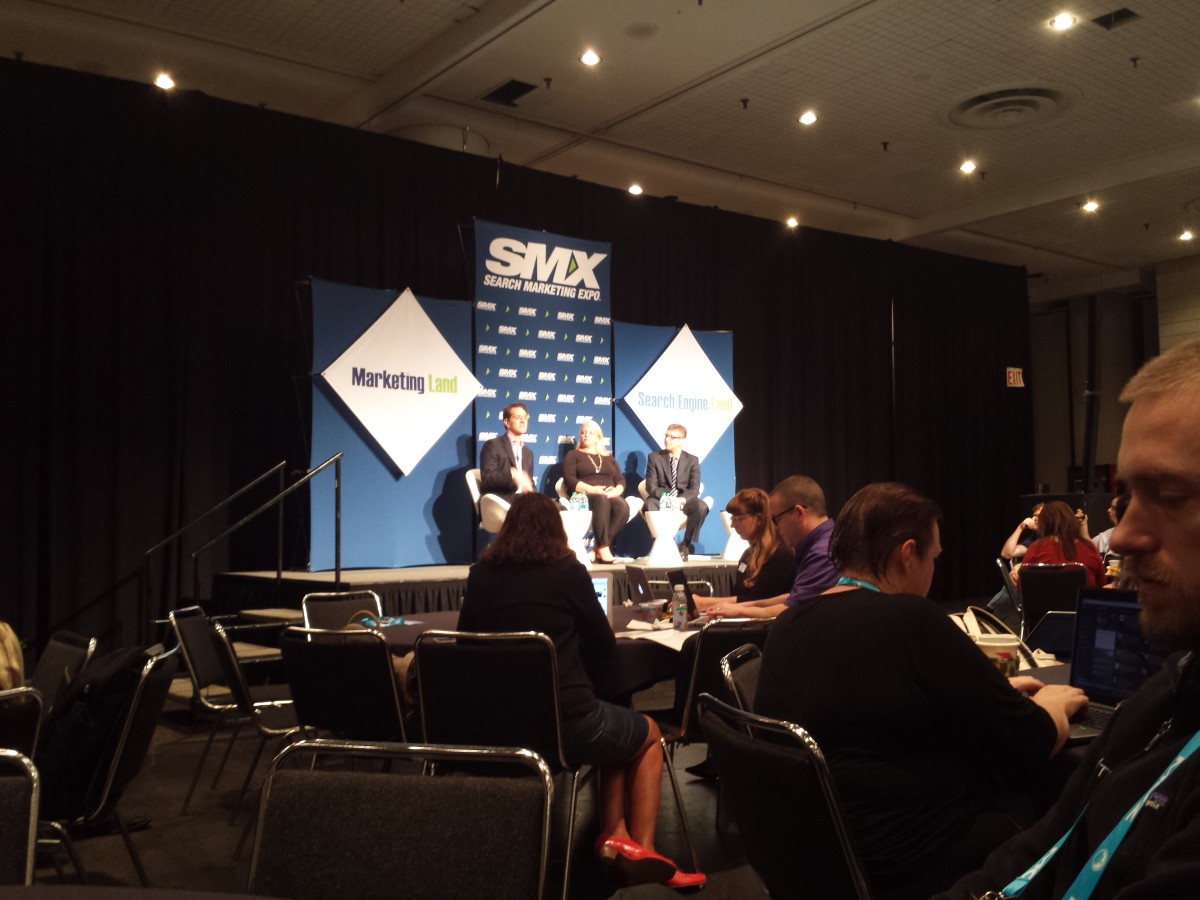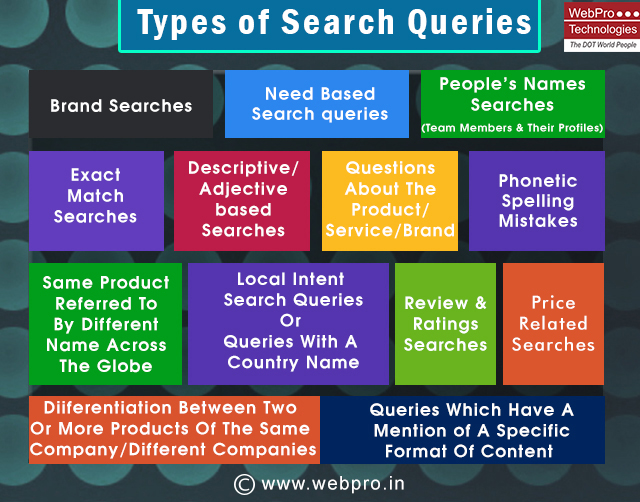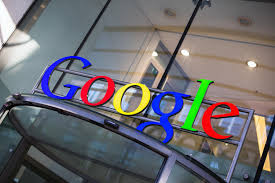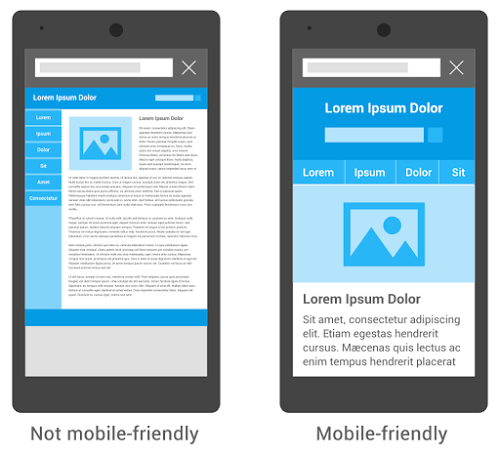SMX East is the conference which I look forward to, for meeting people from the search industry. SMX East is usually in September or October which makes the attendees get an idea about the happenings and developments in the current year and also enriches them with the knowledge which helps them to be more prepared for the coming year.
SMX East 2015 focused on Search, Social, PPC, Youtube Video optimization, Link Building , Content Marketing, Analytics and SEO Audits. Of course the Evening Forum with Danny Sullivan and the keynote conversation are the added attraction.
This time the keynote conversation was with Brad Bender, Vice President of Product Management for the Google Display Network.
At SMX it is very difficult to choose which sessions to attend. When you decide on one you think you are missing out on the other sessions. As a search marketer SEO, Social, PPC, Analytics, Youtube Video optimization, Link Building , Content Marketing, Analytics, etc. are all very relevant. But you have to make a choice though it is very tough to make one. (As you can check out from the 3 day SMX Agenda)
The main highlights for me this year were the sessions on SEO Audit, Technical SEO, App Indexation and the keynote conversation.
The Main Takeaways of the sessions where the Google representatives voiced their views:
The Keynote Conversation with Brad Bender, Vice President of Product Management for the Google Display Network :
- We used to go online but now we live online.
- The attention span of the online user is less than 8 seconds now which is less than a gold fish attention span.
- Consumers go up to 6 times to a website before they decide.
- There are two types of audience, the affinity audience and the In Market audience.
- The Affinity audience is the broad category which may or may not purchase.
- The In Market audience is the people who actually want to purchase.
- Programmatic technology reaches the targeted audience, drives relevancy and helps convert.
- The customer journey is no longer linear.
- There are cross device views and the main challenge is to stitch all these cross device paths to achieve conversions.
- Users keep shifting from the webbed App world to the Apped web world.
- Many times the clicks from the mobile are not intended or real . Google calls it the fat finger problem. This can be a serious issue for PPC campaigns.
- Ad blockers are not only blocking bad ads. But good ads. Too get blocked.
- Ad blocking deprives you of content which comes to you for free and which is usually targeted to your search intent.
- By a recent study by Google, due to Ad. Blockers 56% display Ads, 46% Video ads and 65% of mobile Ads. Go unseen.
- Last year 70 billion add impressions were blocked by ad. blockers.
Beyond The Web: Why App Deep Linking Is The Next Big Thing
Many users prefer downloading Apps rather than going to the website on their smart phones especially if they are regularly and frequently using a certain website. Moreover people are also searching for apps online for their specific requirements. Hence how can you make your App more visible in search engines?
Here are some tips as shared by Mariya Moeva Webmaster Trends Analyst at Google.
- Use HTTP schemes when developing Apps.
- Site and App association is the key.
- Publish deep links.
- Add the App to search console. g.co/searchconsole
- Test it by using g.co/searchconsoletester
- Update the Apps robots.txt and check if any screens are blocked from crawling.
- Deep linking and App indexing is not the same.



















